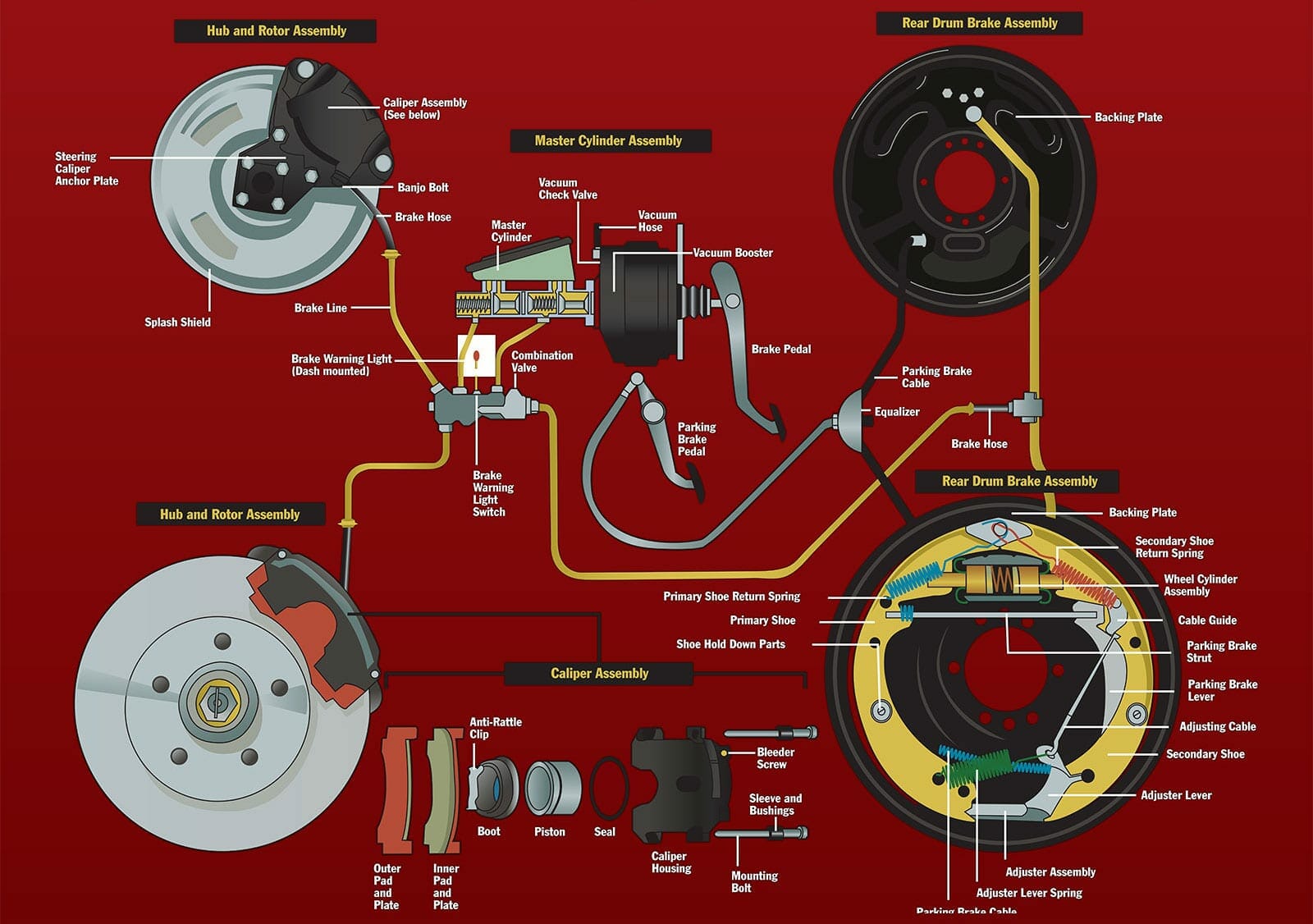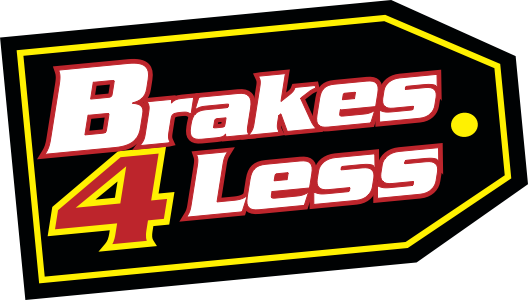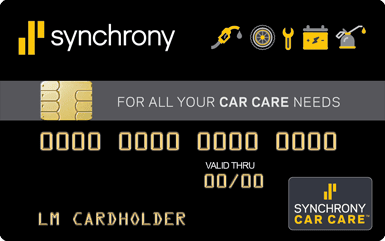Frequently Asked Brake Repair Questions
-
Squealing noise
If your brakes grab with the slightest touch you may have something loose in your brake system. Then again, it could indicate something in the linings of your brakes such as grease or oil contamination.
-
Pulling
When your car is pulling from one side to another while braking it could be anything from a sticking caliper, worn disc hardware, bad brake hose, misadjusted brakes or even low tire pressure or other safety components.
-
Shaking / Vibration
If you are experiencing any shaking/vibrating in your pedal or steering wheel the most common cause is a warped rotor. We would recommend coming in as soon as possible for our free brake inspection.
-
Brake Light
When your brake indicator light comes on it is an indication of a problem and it could be a serious one. This could lead to brake failure.
-
Low Pedal
This condition could be signs of something simple or serious. A brake pedal that almost touches the floor before the brakes work could just indicate a need for an adjustment or could be the sign of failing components.
-
Hard Pedal
Hard pedals often indicate damaged brake linings, power brake trouble or other problems.
-
ABS Light On
This could be anything from low brake fluid to a bad component which could be a minor to a serious problem, but in most case it will only cause your Anti lock brake system to stop working and your regular brakes to work which will allow to be able to go into a skidding stop on emergency braking.
-
Grab
If your brakes grab with the slightest touch you may have something loose in your brake system. Then again, it could indicate something in the linings of your brakes such as grease or oil contamination.
Master Cylinder: When your are stepping on your brake pedal you are pushing brake fluid threw your brake lines down to each of your wheels the pistons in your master cylinder creates pressure which allows you to stop.
Disc Brakes: When you step on the brake pedal, the brake fluid becomes pressurized. This pressure causes the caliper piston to extend which pushes the outer brake pad against the rotor. Then the caliper shifts outward sliding on the caliper mounting bolt and disc hardware forcing the inner brake pad against the rotor. This sandwiching effect creates friction against the turning rotor, which stops your vehicle. When you release the brake pedal the caliper seal pulls the piston back and retracts the pad away from the rotor and the caliper sifts inward to it’s original position.
Drum Brakes: When you step on the brake pedal the brake fluid becomes pressurized. This pressure forces the wheel cylinder pistons to extend outward forcing the primary and secondary shoes against the drum creating friction against the turning drum which stops your vehicle. When you release the brake pedal the return springs pull the shoes away from the drum returning the shoes to their original position.



